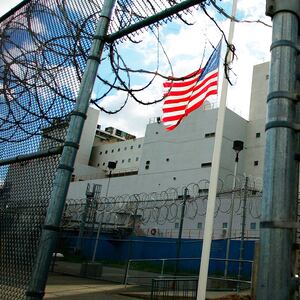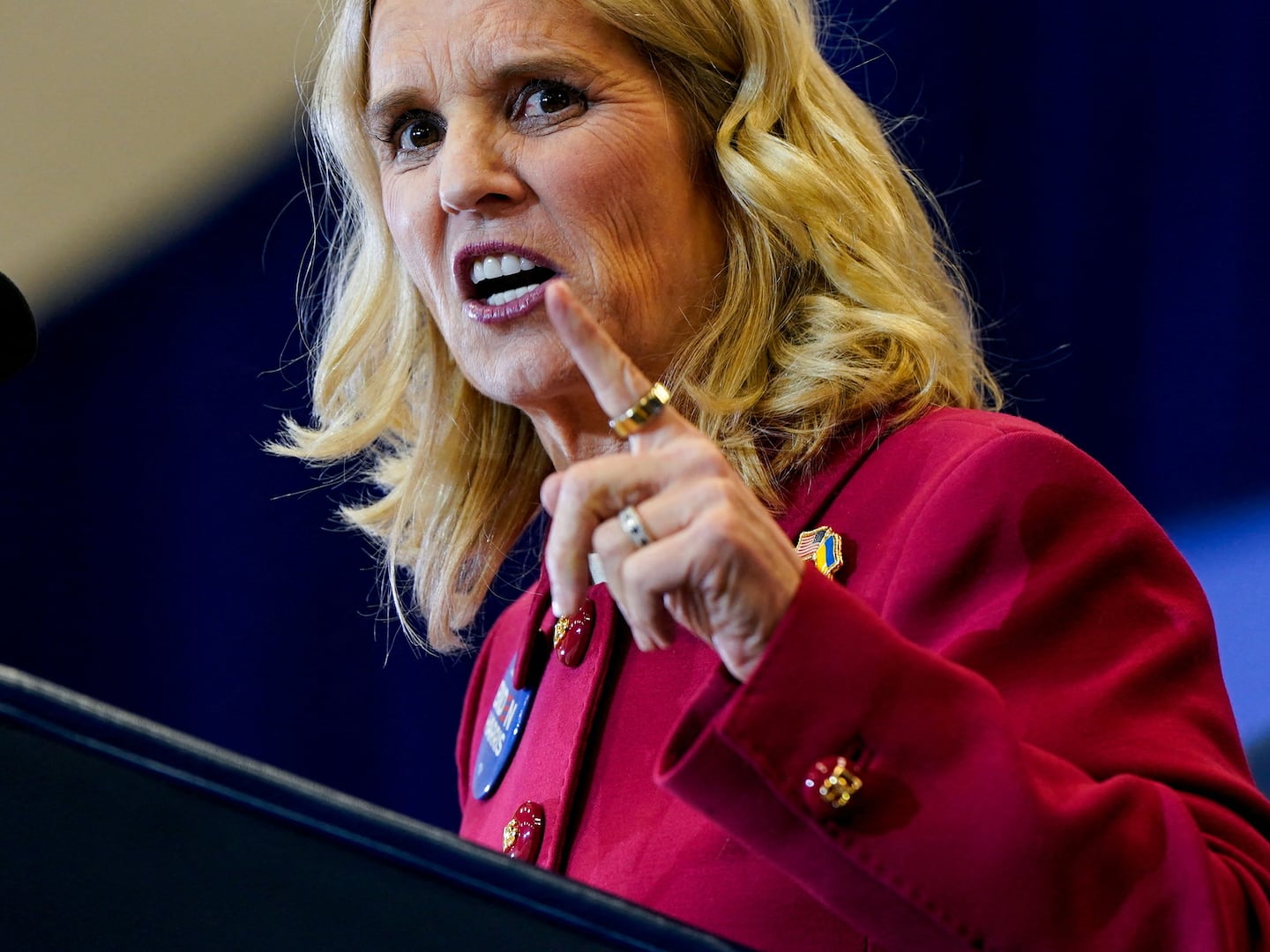Over-policing and its inevitable consequence, mass incarceration, have often been treated as unintended collateral consequences of well-intentioned efforts toward public safety. Criminalization of vulnerable communities, militarization of law enforcement, the inhumanity of overcrowded and underfunded prisons and jails—all are cast as imperfect but good faith means of keeping society from being sickened by its ills.
Health pandemics, though, have a way of undermining “social order” lies, exposing in-plain-sight systems of abuse that societies innovate and inflict on their most vulnerable citizens. In the U.S., which jails 2.3 million people, more than any other nation in both raw numbers and per capita, coronavirus has magnified the daily cruelties of mass incarceration—and created an urgent need to address them.
Even in the so-called best of times, “social distancing” is an impossibility in America’s overcrowded correctional facilities and immigration detention centers, turning them into centers for contagion. Pandemic necessities such as soap are often in short supply, while alcohol-based sanitizers—like the kind Gov. Andrew Cuomo announced that New York State prisoners were producing, for under a dollar an hour, though they may in fact just be rebottling existing product as “NYS Clean packaging”—are considered contraband for those living behind bars. The lives of incarcerated people are also all-too-often contaminated by the daily health threats of vermin, raw sewage, non-potable water, black mold and other biohazards.
All of those issues make corrections and detention centers highly efficient vectors of disease transmission not just for those who live imprisoned within their walls, but also for people living in the communities around them. Corrections staff and visitors to prisons also move amongst the outside communities in which they live. Most of the people who fill America’s jails—the majority of whom are pretrial defendants who simply can’t afford bail—return home in under a month from conditions where social distancing is an impossibility.
Researchers have found that “increases in a county’s jail incarceration rate were associated with significant increases in county rates of infectious disease deaths.” More specifically, mass incarceration—the U.S. policy that has been used as a panacea for every societal ill dating back decades—”raises contagion rates for infectious diseases” across the board.
Predictably, we are now seeing coronavirus cases emerge in jails and detention centers around the country. As of Wednesday evening, COVID-19 cases have been confirmed in nine corrections workers in New Orleans, three staffers in Florida’s Miami-Dade Corrections and Rehabilitation Center, five inmates in Dallas County jail and 17 detainees in Chicago. Jails in New York City—presently the American epicenter of the virus—report the highest number of cases, with 75 inmates and 37 corrections staff at Rikers Island infected, according to The Legal Aid Society. Those estimates, artificially lowered by test shortages, will likely climb in coming weeks.
Beat cops in various police departments have also begun testing positive for COVID-19, with confirmed cases of coronavirus among cops in Los Angeles, Detroit, and New York City, where there are a whopping 98 cases. Even with reported crime rates having plummeted in both cities because of quarantining against the virus, detectives in New York and Los Angeles are being asked to return to street patrols.
The coronavirus has illuminated our inability to police or jail our way our way out of what plagues us. For years, criminal justice advocates have been pleading with officials to address the problems created by inhumane conditions prisoners face. The response has been slow, with minor victories—New York City’s bail reform law comes to mind—constantly under threat of rollback because of scaremongering by opponents of criminal justice reform.
It’s clear that mass incarceration has endangered public health by pretty much every measure, with the greatest threat currently looming. Authorities now have the chance to actually address public health and safety by undoing some of it. That means releasing nonviolent offenders and those held on pretrial misdemeanor charges. The same goes for people who are jailed for technical violations of parole, which can include infractions like failing a drug test or missing a court mandated meeting. For their part, police officers and courts could stop penalizing people for minor misdemeanor and nonviolent offenses.
“There's a lot that could be done by the mayor and a governor to release people that don't need to be in jail in the first place and wouldn't cause any public safety concerns,” Darren Mack, outreach and alumni engagement coordinator of JustLeadershipUSA, told me. “You have people, elderly people, people who have already exhibited complications, people sitting in jail pretrial, because they can't afford bail—and hundreds of people incarcerated in Rikers Island on technical parole violations. All of those people should be released.”
There has been movement. On Wednesday, New York City Mayor Bill de Blasio announced that 300 inmates serving less than a year on nonviolent offenses at Rikers Island will be released, according to the New York Post. Another 800 inmates, nearly all of whom are behind bars for technical parole violations, will reportedly be freed in the near future, along with all inmates who are infirm or over 70 years old.
Other jurisdictions are, to various degrees, heeding the advice of advocates. In Baltimore, officials are dismissing charges against most nonviolent offenders. Low-level and pretrial inmates in Austin. Citylab reports that “local jails in Chicago, Louisville, Austin, Virginia Beach, and Omaha have all begun releasing nonviolent offenders and pre-trial detainees.” New Jersey has enacted one of the most sweeping release policies, freeing an estimated 1,000 low-level offenders, including those detained for parole violations. Los Angeles county jails released 1,700 inmates, a full 10 percent of those incarcerated.
Those are necessary steps, though there’s still more that could be done—and there are still districts that are resistant to early release for fear of seeming soft on crime. At the very least, there is a growing acknowledgement of how prisons, by design, imperil the lives of those they house. And—in places where releases are happening to mitigate coronavirus’s impact—the knowledge that yet another unnecessary daily cruelty could’ve been solved before it became a matter of life of death.







